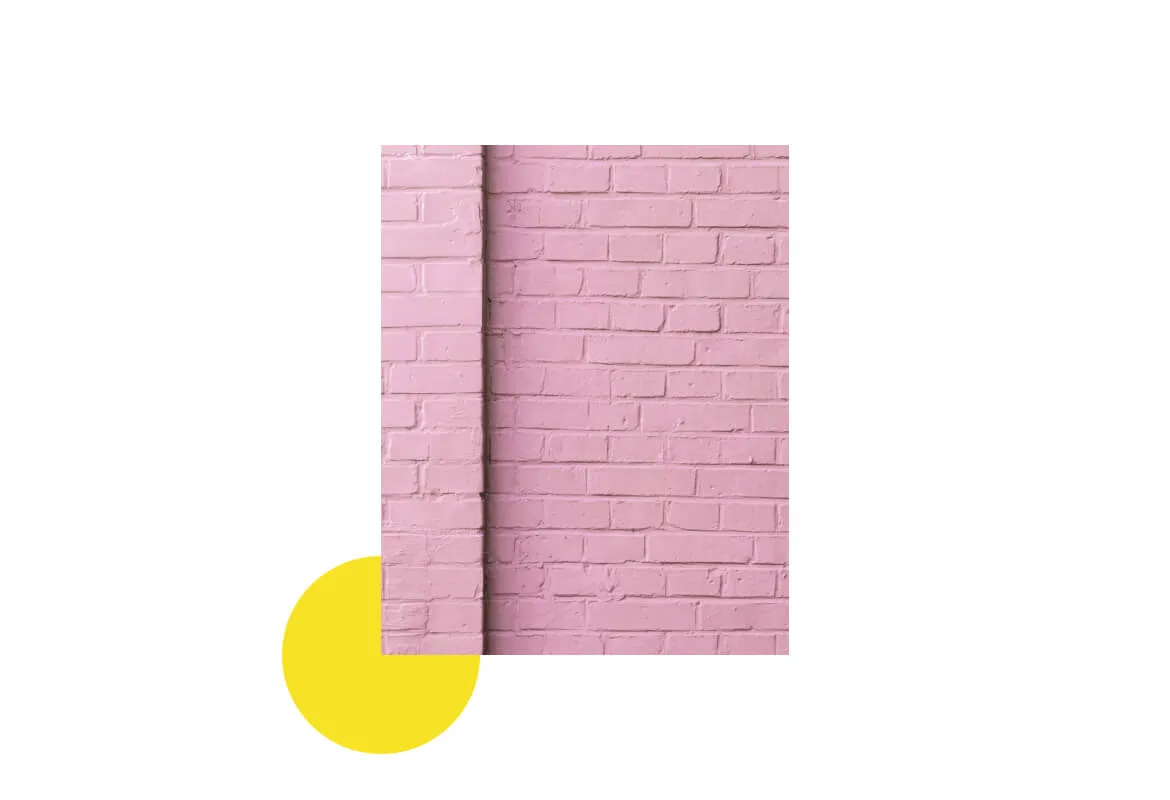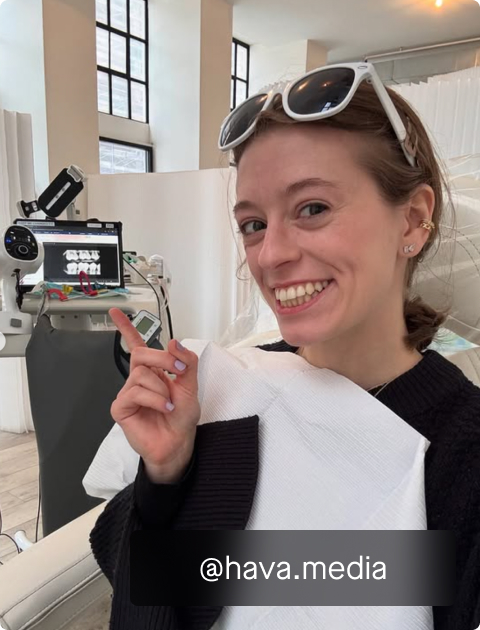Gum recession: your ultimate guide

While our teeth get the most love because they are often the first thing we notice in a smile, our gums play an important role in our smiles and health. Gum recession is a sign that your gums could use a little TLC. In this guide we'll touch on everything you need to know, from what causes gum recession, to the right tools you need at home to keep those gums pretty and pink.
We care about your gums because 30% of American adults currently experience gum recession.
"Gums are essential not just for your oral health, but for your overall health," explains Dr. Kevin Walker, DDS. "Your gums help you have a smile that looks great, and feels great. It's critical for supporting the overall structure of your smile. When disease-causing bacteria get trapped in and around your gum line, gingivitis and gum disease can happen far too quickly." And gum disease (aka periodontitis) is linked to many health conditions including diabetes and heart disease.
That's why we created this guide on gum recession and what to do about it. Whether you've been concerned about gum recession for years or just found out that the pockets around your gum line have gotten a little deeper, we created this guide for you.
How to stop receding gums from getting worse
Do you feel like your teeth are looking "longer?" Or are your teeth feeling sensitive around your gum line? Those are signs that your gums are receding. When your gums pull back from your enamel, it exposes more of your tooth and eventually the root. While it may not cause pain right away, it's important to stop gum recession ASAP. That's why you're here 👏
There are many reasons your gums might be receding. It's important to understand what causes gum recession to take the right action to stop it.
- Periodontitis (gum disease) is the main cause of gum recession. This means bacteria have infected the area and are damaging the gum tissue.
- Brushing your teeth too aggressively. That's right, brushing too hard or with the wrong technique can actually pull back your gum tissue.
- Not cleaning between your teeth. You guessed it, not flossing. The bacteria hides and thrives between your teeth.
- Grinding and clenching your teeth. The extra force not only wears down your enamel, it wears down your gums.
- Hormonal changes. A change in hormones makes the gums more sensitive which makes more sensitive to bacteria. That's why pregnant women experience more issues, even though their mouths have the same levels of bacteria as before their pregnancy.
- Medical conditions such as diabetes can also affect it.
- Smoking and tobacco. The sticky, icky stuff from tobacco sticks to your teeth and makes it hard to properly clean with your toothbrush.
Want to learn more about what happens when gums recede, if they grow back, and what you can do to keep your gums healthy at home? Read on 📖
Braces and receding gums
Braces are an investment in your smile. There's nothing quite like getting your braces off. It's an exciting reveal to see how your smile transformed during the months (or years) you've spent with braces. That's why it's important to keep an eye on your gums during and after braces to make sure you protect that investment and enjoy your smile for years to come.
Gums can recede from teeth moving, which is why your orthodontist does a full exam to determine if alignment is right for you. "Braces put extra stress on the bone as the teeth shift. And that pressure can extend to the gums," shares Sarah Clark, RDH. "Certain mouths may not be structured for that type of pressure, which can result in issues with the surrounding bone and gum tissue. That's why orthodontists do a thorough review of your situation before placing you into any type of teeth alignment.
Read more to find out what swollen gums mean if you have braces, and tips and tricks from our hygienists for keeping your gums healthy while you're in braces and after the braces come off. Read more 📖
"Receding gums" toothpaste, does it work?
If you're concerned about receding gums, you probably noticed there is no shortage of dental care products (especially toothpastes) at your pharmacy marketed as "gum healthy." So what's the deal, do these things really work to help your receding gums from home?
It's important to note that toothpaste alone won't support your gums. It all hinges on the physical removal of bacteria, which comes from proper brushing and flossing techniques. Gum health toothpaste will provide an added benefit to further reduce bacteria and boost your results, but the foundation of those results come from brushing and flossing your teeth regularly and properly.
Read more from our team who won't mince words about what you can do from home to protect your gums and address any gum recession. Read more 📖
Receding gums and gingivoplasty: Can it bring your gum line back?
Many people are dissatisfied with their hairline or their waistline. We also hear from patients who are concerned about their gum line. Patients might be worried about a receding gum line, or feel their smile is too "gummy." Many ask if a gingivoplasty, a procedure used to reshape gum lines, is right for them.
When your gums recede, disease-causing bacteria get trapped and build up below your gum line. That bacteria makes its way into other parts of your body which can cause issues down the line. Studies have shown that periodontitis (gum disease) is linked with many other health conditions including diabetes and heart disease.
If you've been Googling around about gum recession, you might have stumbled on a few procedures for your gums like:
- Gingivoplasty,
- Gingivectomy, or
- Gingival Grafts
We'll lay out everything you need to know about gingivoplasty (and other procedures) and help you determine if it's a procedure that might make sense for you. Read more 📖
Got gum recession questions?
Let us know if you have other questions about gum recession or gum health! You can drop your question in the chat anytime - our clinical team is excited to hear what you want to know and develop more resources that will be useful to you.
Gum health is one of the top concerns with our members and we enjoy helping them keep their gums as healthy as possible from home. If gum health is a priority for you, get your at-home starter kit, part of your 30-day free trial, and connect 1:1 with your virtual hygienist to discuss the right at-home routine and products to improve your gum health.









